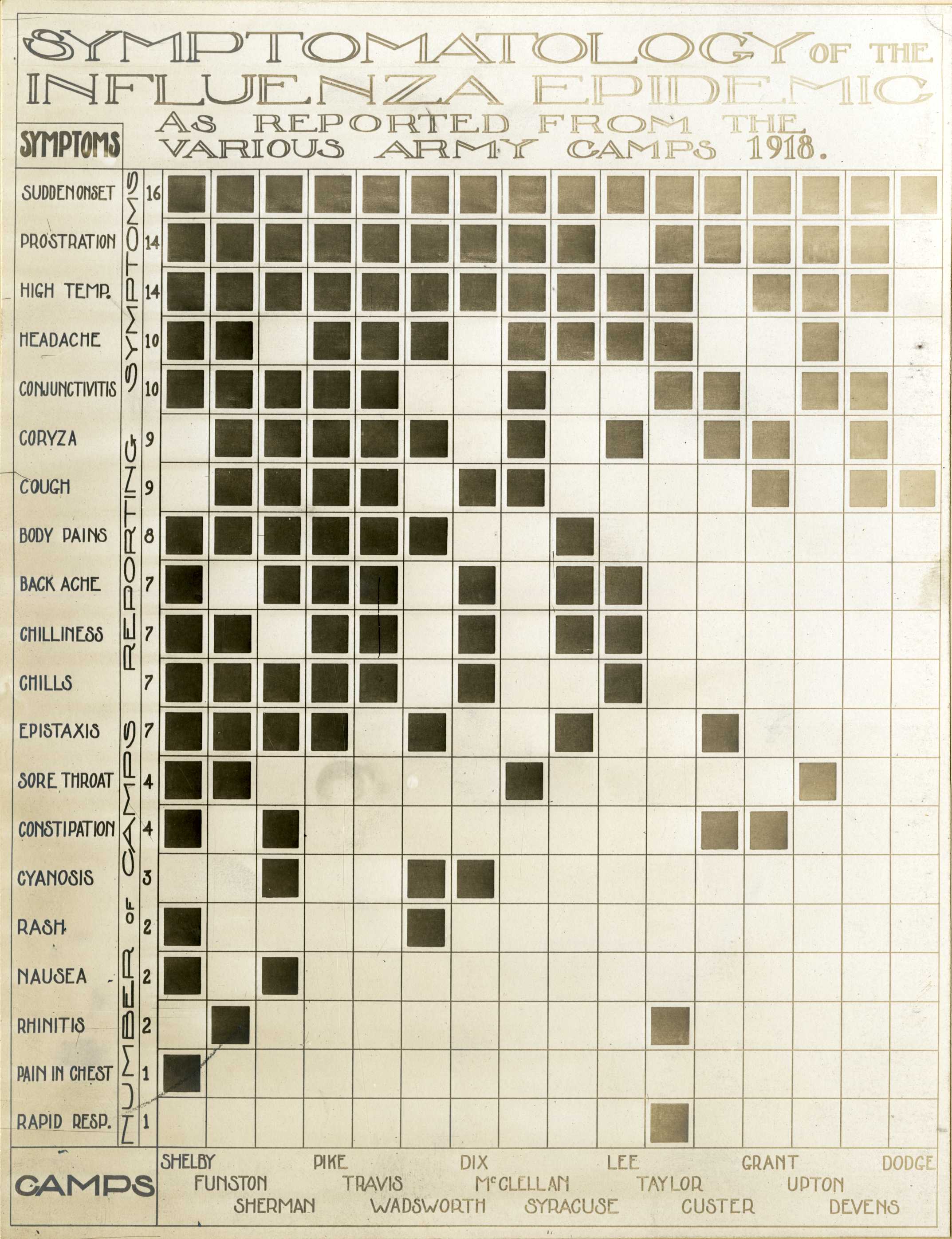
Photo from academic.microsoft.com
Biological markers (biomarkers) sensitive to genotoxic and mutagenic contamination in fishes are widely used to identify exposure effects in aquatic environments. The micronucleus assay was incorporated into a suite of… Click to show full abstract
Biological markers (biomarkers) sensitive to genotoxic and mutagenic contamination in fishes are widely used to identify exposure effects in aquatic environments. The micronucleus assay was incorporated into a suite of indicators to assess exposure to genotoxic and mutagenic contamination at five Great Lakes Areas of Concern (AOCs), as well as one non‐AOC (reference) site. The assay allowed enumeration of micronuclei as well as other nuclear abnormalities for both site and species comparisons. Erythrocyte abnormality data was also compared to skin and liver tumor prevalence and hepatic transcript abundance. Erythrocyte abnormalities were observed at all sites with variable occurrence and severity among sites and species. Benthic‐oriented brown bullhead (Ameiurus nebulosus) and white sucker (Catostomus commersonii) expressed lower rates of erythrocyte abnormalities, but higher rates of skin and liver neoplasms, when compared to pelagic‐oriented largemouth bass (Micropterus salmoides) or smallmouth bass (Micropterus dolomieu) at the same site. The reduced erythrocyte abnormalities, increased transcript abundance associated with Phase I and II toxicant responsive pathways, and increased neoplastic lesions among benthic‐oriented taxa may indicate the development of contaminant resistance of these species to more acute effects. Environ. Mol. Mutagen. 58:570–581, 2017. © 2017 This article is a U.S. Government work and is in the public domain in the USA. Environmental and Molecular Mutagenesis published by Wiley Periodicals, Inc. on behalf of Environmental Mutagen Society
Journal Title: Environmental and Molecular Mutagenesis
Year Published: 2017
Link to full text (if available)
Share on Social Media: Sign Up to like & get
recommendations!